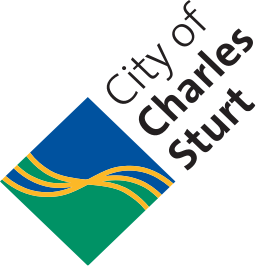Geocaching is a real-life treasure hunting game. Anyone with a GPS device or smartphone can play it.
Follow clues to search for hidden containers called geocaches or caches. The caches can contain all sorts of treasure and trinkets to exchange, clues to other caches, or items that can be tracked, like Travel Bugs. Once you've found a cache, log your find and share your experiences online. But keep the location a secret - finding it is part of the fun!
Geocaching is a great way to explore the parks and places in Charles Sturt. There are more than 200 caches within a 6 kilometre radius of the Charles Sturt Civic Centre at Woodville. Many are designed for families to find together.
How does it work?
Other Geocachers hide caches in secret locations in the community. Generally they are a waterproof box which along with trinkets and treasures will include a log book for you to sign and date. A micro-cache can be very small, with just a log book to record that you have found it's hidden location.
Visit www.geocaching.com to learn how to download a free app for your smartphone and get clues to find caches in your area.
If the cache has treasure, swap a trinket for something small and cheap like a key-ring, sticker or figurine.
Some caches contain a Travel Bug. This is a trackable treasure that gets moved from location to location until it reaches its final destination. This might be somewhere else in Charles Sturt or half way across the world!
Trackables have a unique code so that its location and progress can be followed online. If you find a trackable once you’ve hidden it in another geocache remember to log the find and the new location on line.
Where can I try it?
Bring along your sense of adventure and try to find one of over 200 geocaches in and around the City of Charles Sturt.
Geocaches for kids
There are lots of geocaches in and around Charles Sturt that may contain treasures to swap. Look for caches that are ‘regular’ in size when you’re searching for cache locations. Here’s a few to get you started.
If you finish these, don’t stop there! Log into http:www.geocaching.com and find more geocaches near you.
